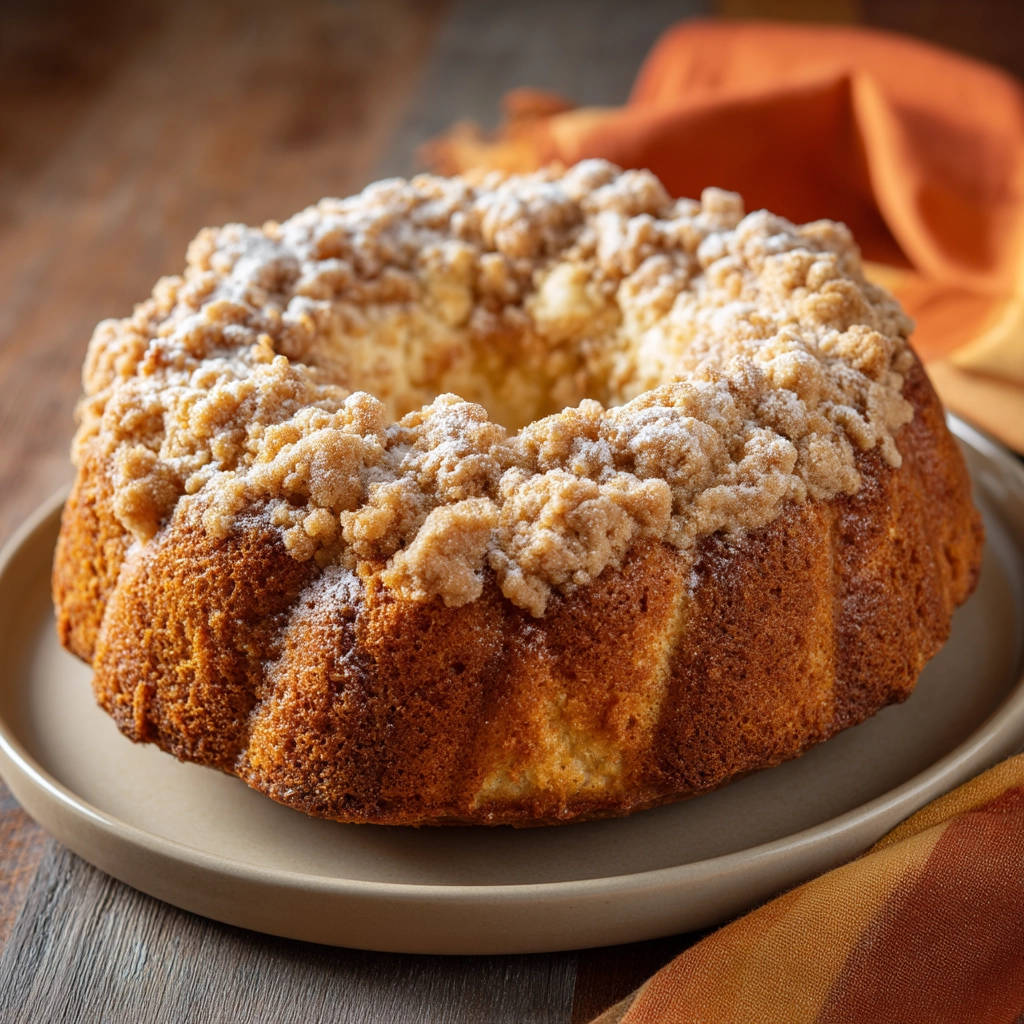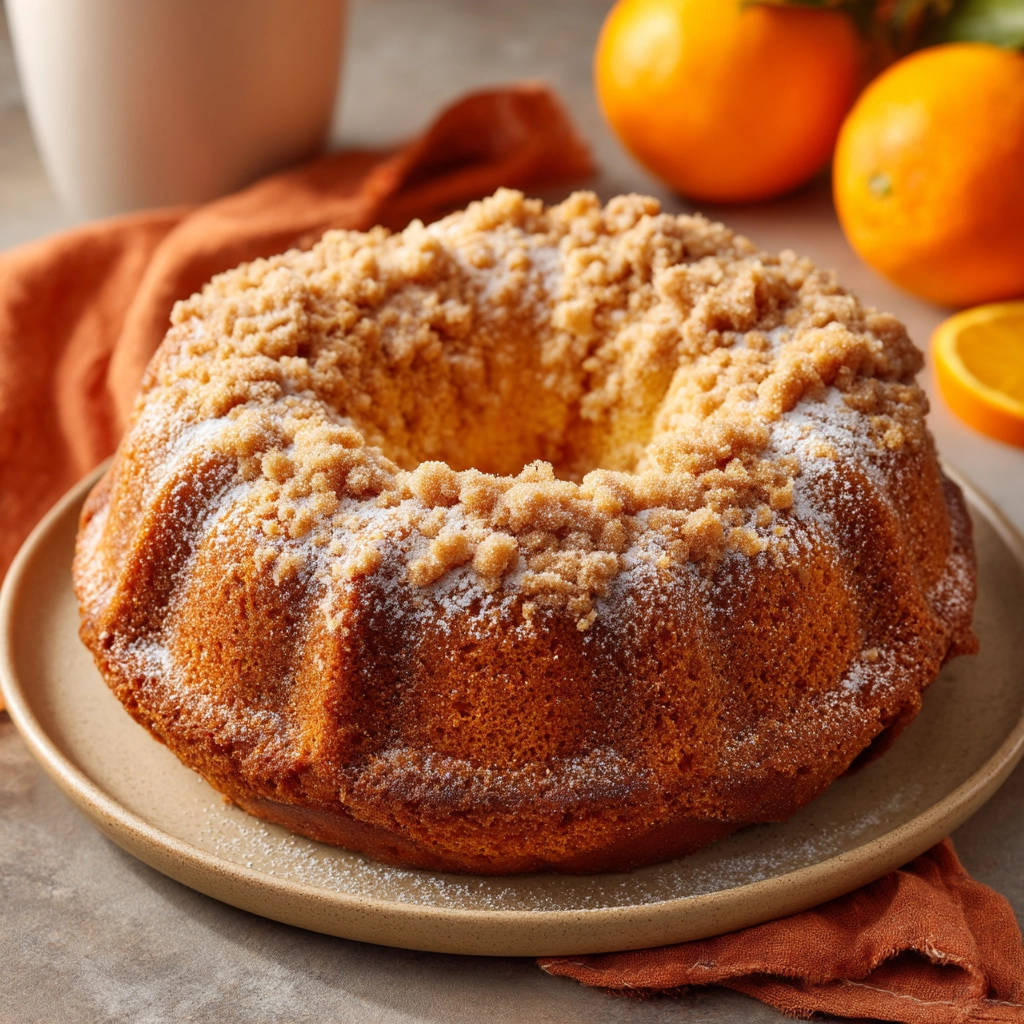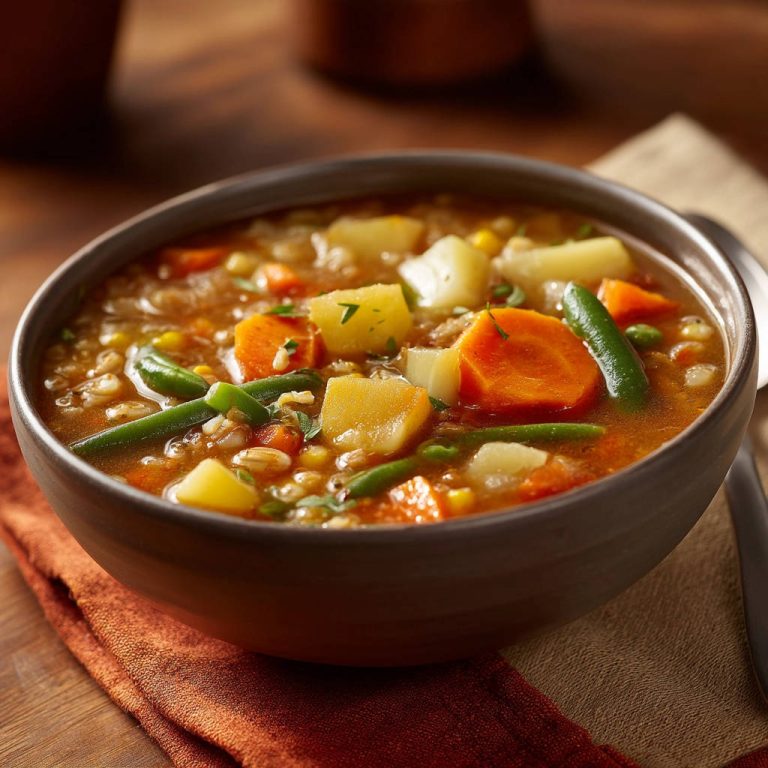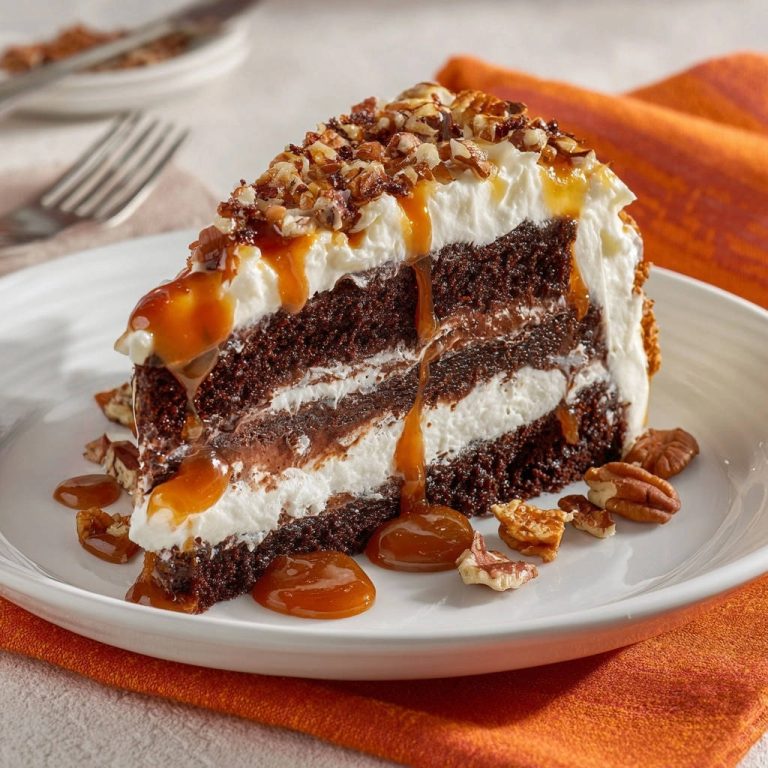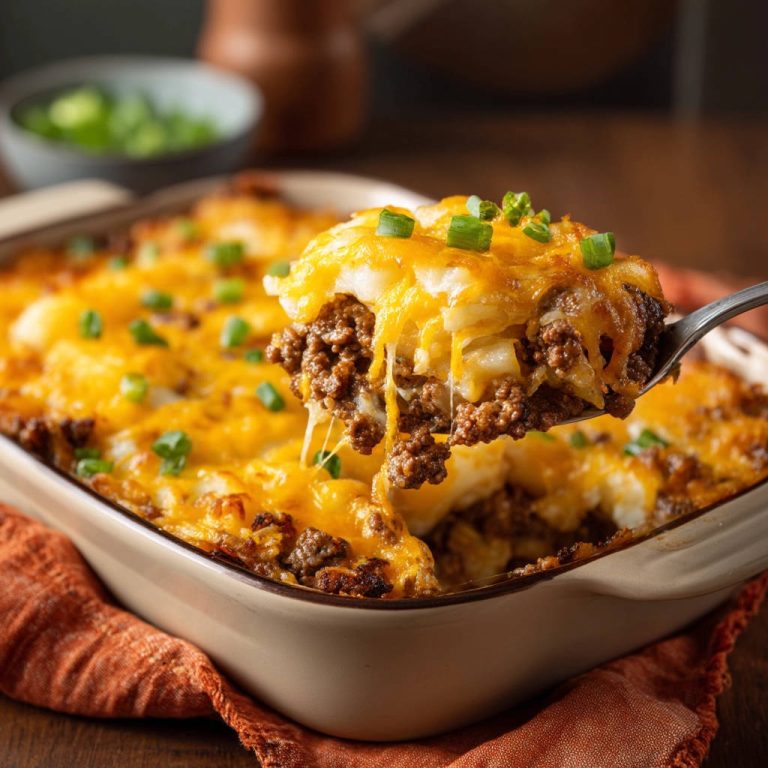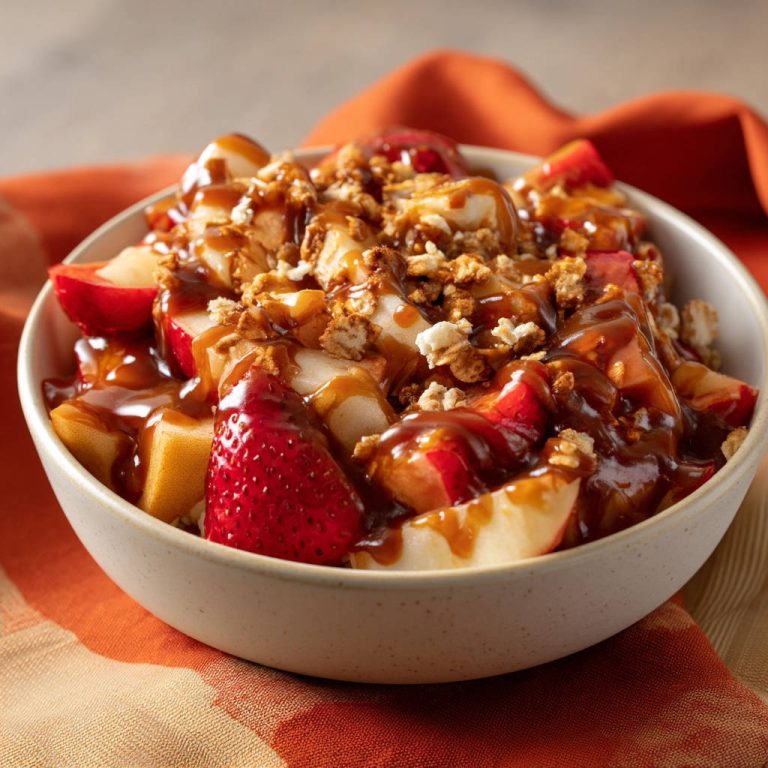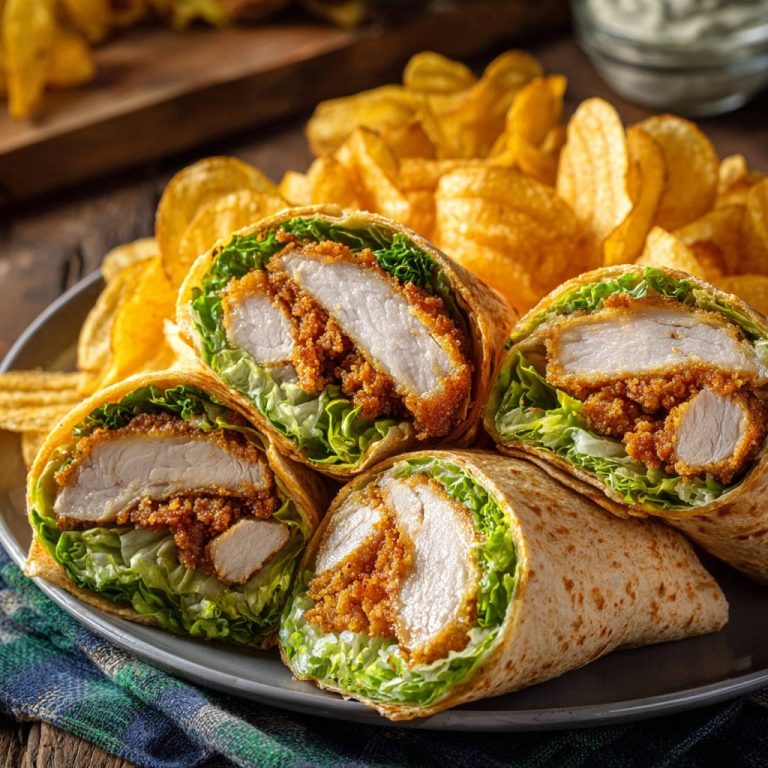Oh, the joys and potential frustrations of baking a beautiful bundt cake! We’ve all been there, haven’t we? You follow the recipe perfectly, the house smells heavenly, the cake looks golden and gorgeous through the oven door, and then… the moment of truth. You flip that pan, hold your breath, and thwack… nothing. Or worse, it comes out in pieces, leaving half its delicious self stubbornly stuck to the pan. Talk about heartbreak!
I used to dread that moment, almost avoiding bundt cakes altogether despite loving their elegant shape and ease of slicing. But fear not! I discovered a simple, foolproof method that guarantees a clean release every single time. And with that baking anxiety banished, I perfected what I think is the most divine Cinnamon Crumb Bundt Cake you’ll ever make.
This isn’t just any cinnamon cake. It’s incredibly moist, thanks to a kiss of buttermilk, and layered with a sweet, spiced cinnamon crumb topping that creates delightful pockets of texture and flavor throughout the cake. It’s perfect for breakfast, brunch, an afternoon treat with coffee, or a simple, comforting dessert. And yes, I promise, with my trusty technique, this beautiful cinnamon crumb bundt cake will slide out of the pan like a dream!
Reasons This Cinnamon Crumb Bundt Cake is a Keeper
Why is this particular bundt cake recipe my go-to? Let me count the ways!
- Guaranteed Release: We tackle the dreaded sticking problem head-on with a method that truly works. No more holding your breath!
- Incredible Moisture: Buttermilk is our secret weapon here, ensuring a tender, never-dry cake crumb.
- Layers of Flavor: It’s not just cake; it’s cake layered with sweet, buttery cinnamon streusel. Every bite is a delightful mix.
- Simple Yet Elegant: Bundt cakes look impressive with minimal effort. Just a dusting of powdered sugar is all you need for a showstopper.
- Perfect for Any Occasion: Casual coffee date? Holiday brunch? Simple weeknight dessert? This cake fits right in.
Gathering Your Ingredients for This Dreamy Bundt Cake
Before we dive into mixing, let’s chat about the stars of our show. Quality ingredients make a difference, especially in baking where everything works together in harmony. You’ll need two sets of ingredients: one for the irresistible cinnamon streusel and one for the wonderfully moist cake batter.
For that perfect crumbly streusel topping, you’ll need:
- All-Purpose Flour: The binder that holds our crumb together.
- Granulated Sugar & Light Brown Sugar: A mix gives both sweetness and a slight molasses depth that pairs beautifully with cinnamon. Pack that brown sugar down!
- Ground Cinnamon: The essential spice! Use good quality, fresh cinnamon for the best flavor.
- Cold Unsalted Butter: Cut into small pieces. Keeping it cold is key to creating those lovely, coarse crumbs when you cut it in.
And for the cake itself, gather:
- All-Purpose Flour: Provides the structure for our cake. Ensure it’s spooned and leveled, not scooped directly from the bag, for accurate measurement.
- Baking Powder & Baking Soda: Our leavening agents! They work together to give the cake its lift and tender texture, especially when combined with the acidic buttermilk.
- Salt: Just a touch enhances all the other flavors.
- Unsalted Butter: Softened to room temperature. This is crucial for creaming properly with the sugar.
- Granulated Sugar: Sweetness and helps create that light, fluffy texture when creamed with the butter.
- Large Eggs: Provide structure and richness. Make sure they are also at room temperature for better emulsification with the butter mixture.
- Vanilla Extract: A flavor enhancer that complements the cinnamon beautifully. Use pure vanilla extract if possible.
- Buttermilk: This is our moisture hero and activates the baking soda. If you don’t have buttermilk on hand, you can easily make a substitute by mixing 1 cup of milk with 1 tablespoon of white vinegar or lemon juice and letting it sit for about 5 minutes until it curdles slightly.
- Powdered Sugar: For that classic, simple finish.
Crafting Your Cinnamon Crumb Bundt Cake: Step-by-Step
Alright, ovens on! Let’s walk through bringing this delightful cake to life. Each step is designed for success, especially that crucial first one!
- Prepare for Success (The Non-Stick Secret!): First things first, let’s ensure this cake slides out effortlessly. Preheat your oven to 350 degrees F (175 degrees C). Now, for the pan preparation: You need to be generous and thorough. Use softened butter or shortening (NOT cooking spray – it can leave a sticky residue that builds up) and a pastry brush or even a paper towel to coat every single nook, cranny, and curve of your bundt pan. Get into all those details! Make absolutely sure the entire inner surface is coated. Then, add a few tablespoons of all-purpose flour to the greased pan. Tilt and rotate the pan, tapping gently as you go, to evenly distribute the flour across the entire greased surface. The flour will stick to the grease, creating a non-stick layer. Tap out any excess flour over the sink or trash can. This double layer of grease and flour is the absolute key to preventing sticking and ensuring a beautiful, intact cake.
- Whip Up the Streusel: In a medium-sized bowl, combine the flour, granulated sugar, light brown sugar, and ground cinnamon for the streusel. Give them a quick whisk to distribute the cinnamon evenly. Now, add your cold, small pieces of unsalted butter. Using a pastry blender, a fork, or even your fingertips, work the cold butter into the dry ingredients. You’re looking for a mixture that resembles coarse crumbs, like wet sand. Don’t overwork it; some larger pieces of butter are fine! Set this fragrant mixture aside for layering.
- Combine the Dry Cake Ingredients: In a separate medium bowl, whisk together the 2 1/4 cups of all-purpose flour, baking powder, baking soda, and salt. Whisking helps aerate the flour and evenly distributes the leavening agents and salt throughout the mixture.
- Cream the Wet Cake Ingredients: In a large bowl, using an electric mixer (stand or hand-held), beat the softened unsalted butter and the 1 1/2 cups of granulated sugar together. Beat on medium-high speed until the mixture is light, fluffy, and pale yellow. This process incorporates air, which contributes to the cake’s texture. Scrape down the sides of the bowl as needed. Beat in the large eggs one at a time, mixing well after each addition. Finally, stir in the vanilla extract.
- Prepare the Buttermilk: If you’re using store-bought buttermilk, just measure it out. If you’re making your own quick version (milk + vinegar/lemon juice), it should be slightly thickened and perhaps a bit lumpy – that’s exactly what you want! Give it a quick whisk in a small bowl.
- Combine Wet and Dry Alternately: This is a standard cake mixing technique that helps create a tender crumb. Add about a third of the dry ingredients to the butter/sugar mixture and mix on low speed just until barely combined. Then, add half of the buttermilk and mix on low speed until just incorporated. Repeat this process, adding the second third of the dry ingredients, then the remaining buttermilk, and finally the last third of the dry ingredients. Mix only until the flour streaks have just disappeared. Be very careful not to overmix the batter; overmixing can develop the gluten too much, resulting in a tough cake. A few small lumps are okay.
- Assemble the Layers: Spoon approximately half of the cake batter into your meticulously prepared bundt pan. Spread it somewhat evenly. Then, sprinkle about two-thirds of the streusel mixture evenly over this first layer of batter. Don’t worry about being too precise, but try to cover most of the batter.
- Add the Remaining Layers: Carefully spoon the remaining cake batter over the streusel layer. It’s okay if it doesn’t perfectly cover the streusel; the batter will spread as it bakes. Finally, sprinkle the remaining streusel mixture evenly over the top of the batter. This will form a beautiful crunchy topping.
- Bake to Perfection: Place the bundt pan in the preheated oven. Bake for 50 to 60 minutes. The exact time will vary depending on your oven, so start checking around 50 minutes. You’ll know it’s done when a wooden skewer or toothpick inserted into the thickest part of the cake (avoiding the streusel layers) comes out clean or with just a few moist crumbs attached.
- Cooling – The First Stage: This is another critical step for a clean release! Once out of the oven, let the cake cool in the pan on a wire rack for 10 to 15 minutes. This allows the cake to firm up slightly within the pan. It’s important not to let it cool completely in the pan, as it can start to stick as it cools down too much.
- The Big Flip! (And Why it Works): After that 10-15 minute cooling period, place your desired serving plate upside down directly over the bundt pan. Holding the plate and pan together firmly (use oven mitts if the pan is still warm!), carefully and confidently invert them. Set the pan down on the counter or rack and gently lift the bundt pan straight up. The cake should slide out easily, thanks to your excellent greasing and flouring work! Admire its beauty!
- Final Cooling and Finishing: Let the cake cool completely on the serving plate on the wire rack. Dust generously with powdered sugar just before slicing and serving for that classic, beautiful finish.
Tips for Perfect Cinnamon Crumb Bundt Cake Every Time
Even with a great recipe and technique, a few extra pointers can elevate your baking game. Here are some pro tips for this delicious cake:
- Room Temperature Ingredients: Ensure your butter and eggs are truly at room temperature. This helps them cream together smoothly and incorporate evenly into the batter, resulting in a better texture. For quick room temperature eggs, place them in a bowl of warm water for 5-10 minutes.
- Accurate Flour Measuring: Spoon your flour into the measuring cup and level it off with a straight edge. Scooping directly from the bag can compact the flour, leading to too much flour and a dry cake.
- Don’t Overmix: Once you start adding the dry ingredients and buttermilk, mix only until just combined. Overmixing develops gluten, making the cake tough.
- Bundt Pan Material Matters: Darker pans tend to bake faster and can sometimes contribute to sticking. If you have a dark pan, you might need to reduce the baking time slightly or lower the oven temperature by 25 degrees F. A shiny or non-stick pan is ideal, but the greasing and flouring method works regardless.
- Check for Doneness Properly: Insert the skewer into the thickest part, usually near the center column, being careful not to hit the streusel layers. If it comes out clean, it’s done. If there’s wet batter, continue baking and check again in 5-minute intervals.
- Variations: Want to change it up slightly? A simple glaze made from powdered sugar and a little milk or lemon juice can be drizzled over the cooled cake instead of just dusting with powdered sugar. You could also gently fold in about a half cup of chopped toasted pecans or walnuts into the cake batter before pouring, though ensure they are lightly floured to prevent sinking.
What to Serve With Your Cinnamon Crumb Bundt Cake
This cinnamon crumb bundt cake is truly delightful on its own, but it’s also wonderful served with a few simple accompaniments.
A cup of hot coffee or tea is a classic pairing. The warm beverages complement the sweet cinnamon flavors beautifully. For something a little more decadent, try serving a slice with a dollop of whipped cream or a scoop of vanilla ice cream.
If you’re serving it for brunch, alongside dishes like our Baked Berry French Toast Casserole or Cheesy Baked Egg Frittata, this cake adds a perfect sweet counterpoint.
Your Cinnamon Crumb Bundt Cake Questions Answered (FAQ)
Have questions about baking this delicious cake? Here are some common ones:
Can I use cold butter for the cake batter?
No, the cake batter requires softened butter for proper creaming with the sugar. This process incorporates air, which is essential for the cake’s light texture. Cold butter is only used for the streusel, where it’s cut in to create crumbly pieces.
What if I don’t have buttermilk?
No problem at all! You can easily make a substitute. Measure 1 cup of regular milk (any fat percentage works, but whole milk is best for richness), stir in 1 tablespoon of white vinegar or lemon juice, and let it sit for about 5 minutes. It will look slightly curdled and thickened, which is exactly what you need for this recipe.
Why did my cake stick even with the greasing and flouring method?
This usually happens if the pan wasn’t coated thoroughly enough in every single crevice, or if you used cooking spray instead of butter or shortening. Make sure you get into all the details of the bundt pan design! Also, ensure you tapped out the excess flour – too much can create a gummy layer.
Can I make this cake ahead of time?
Yes, you can bake the cake a day in advance. Let it cool completely, then wrap it tightly in plastic wrap or store it in an airtight container at room temperature. Dust with powdered sugar just before serving for the freshest look.
How long does this cake last?
Stored at room temperature in an airtight container, the cake will stay moist and delicious for 2-3 days. For longer storage, you can freeze slices or the whole cooled cake (well-wrapped) for up to 2-3 months. Thaw at room temperature.
Can I add other spices?
Absolutely! While cinnamon is key, you could add a pinch of nutmeg, cardamom, or a blend of apple pie spice to the streusel or the cake batter for added warmth and complexity.
Enjoy Your Homemade Cinnamon Crumb Bundt Cake!
There you have it! A truly delicious, incredibly moist, and reliably non-stick Cinnamon Crumb Bundt Cake. The aroma alone is enough to make you happy, and the taste? Pure comfort. Don’t let past sticking disasters deter you; with this recipe and technique, you’re set for success.
Give it a try for your next gathering, or simply bake it because it’s Tuesday and you deserve something wonderful. I promise, it’s a crowd-pleaser. Let me know in the comments how yours turned out!
Cinnamon Crumb Bundt Cake
Ingredients
- For the Streusel:
- 1/2 cup all purpose flour
- 1/4 cup granulated sugar
- 1/4 cup light brown sugar, packed
- 1 teaspoon ground cinnamon
- 1/4 cup cold unsalted butter, cut into small pieces
- For the Cake:
- 2 1/4 cups all purpose flour
- 1 1/2 teaspoons baking powder
- 1/2 teaspoon baking soda
- 1/2 teaspoon salt
- 1/2 cup unsalted butter, softened
- 1 1/2 cups granulated sugar
- 2 large eggs
- 1 teaspoon vanilla extract
- 1 cup buttermilk (or 1 cup milk mixed with 1 tablespoon white vinegar or lemon juice, let stand 5 minutes)
- Powdered sugar for dusting
Directions
- Preheat oven to 350 degrees F (175 degrees C). For the pain point solution: Grease your bundt pan thoroughly. Use a pastry brush or paper towel to apply softened butter or shortening generously to every single crevice and corner of the pan. Make sure it is completely coated. Then, add a few tablespoons of all purpose flour to the greased pan. Rotate the pan, tapping gently, to coat the entire greased surface with flour. Tap out any excess flour. This double layer of grease and flour is the key to preventing sticking.
- Make the streusel: In a medium bowl, combine the flour, granulated sugar, brown sugar, and cinnamon. Cut in the cold butter using a pastry blender, fork, or your fingers until the mixture resembles coarse crumbs. Set aside.
- Make the cake batter: In a medium bowl, whisk together the flour, baking powder, baking soda, and salt.
- In a large bowl, beat the softened butter and granulated sugar with an electric mixer until light and fluffy. Beat in the eggs one at a time, then stir in the vanilla extract.
- In a small bowl, whisk the buttermilk.
- Add the dry ingredients to the wet ingredients alternately with the buttermilk, beginning and ending with the dry ingredients. Mix until just combined. Do not overmix.
- Pour half of the cake batter into the prepared bundt pan. Sprinkle about two-thirds of the streusel mixture over the batter.
- Carefully spoon the remaining cake batter over the streusel layer. Sprinkle the rest of the streusel mixture evenly over the top of the batter.
- Bake for 50 to 60 minutes, or until a wooden skewer or toothpick inserted into the cake comes out clean.
- Let the cake cool in the pan on a wire rack for 10-15 minutes. This cooling period is important, but don’t let it cool completely in the pan.
- After 10-15 minutes, place a serving plate upside down over the bundt pan. Holding the plate and pan together firmly, carefully invert them to release the cake onto the plate. It should slide out easily thanks to the thorough greasing and flouring.
- Let the cake cool completely on the plate before dusting generously with powdered sugar just before serving.

